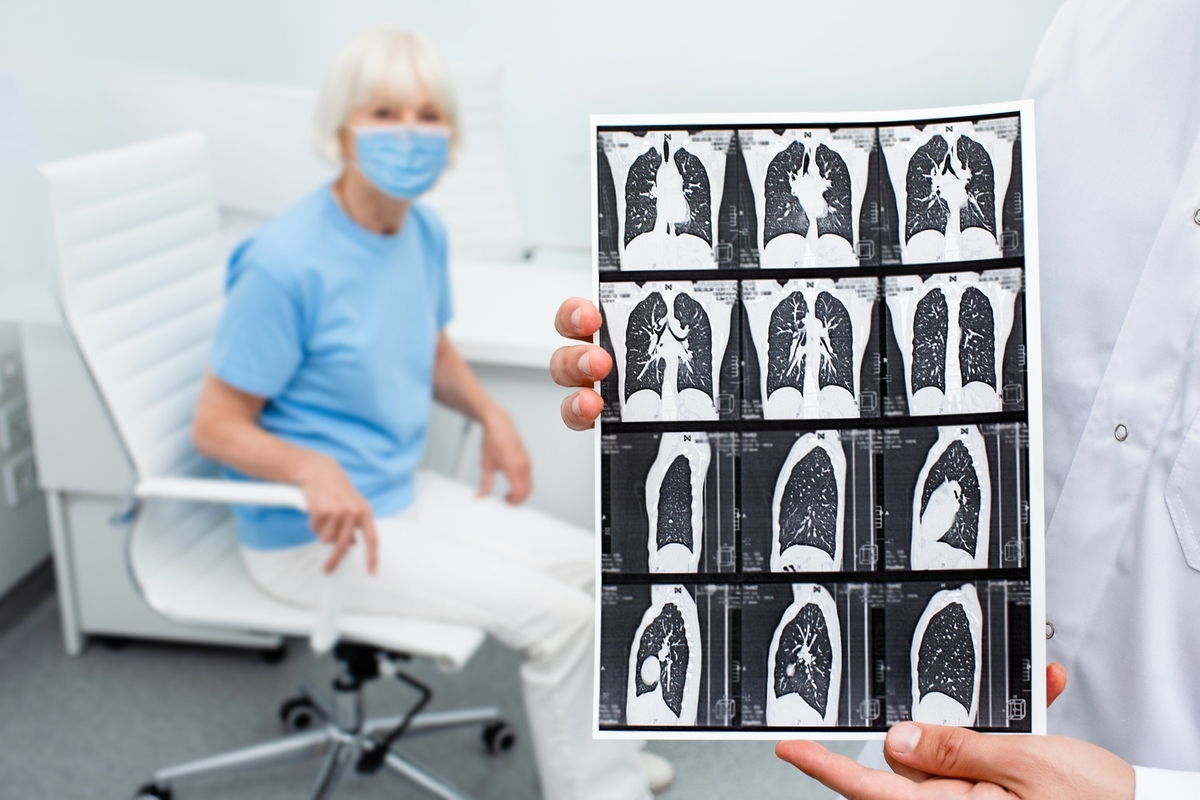Top 5 Pulmonary Fibrosis Signs: Early Detection and Awareness

Pulmonary fibrosis is a serious lung condition characterized by the thickening and scarring of lung tissue, which can lead to severe breathing difficulties. Early detection is crucial for managing the disease and improving the quality of life for those affected. This article aims to highlight the top five signs of pulmonary fibrosis to help individuals recognize the symptoms and seek timely medical intervention.
1. Shortness of Breath
One of the most common and early signs of pulmonary fibrosis is shortness of breath, especially during physical activities. As the lung tissue becomes scarred and thickened, it becomes increasingly difficult for oxygen to pass through the walls of the air sacs into the bloodstream. This results in a feeling of breathlessness, which may initially occur only during exercise but can progress to being present even at rest.
2. Chronic Dry Cough
A persistent, dry cough that does not produce mucus is another hallmark of pulmonary fibrosis. This cough can be irritating and may worsen over time. It is often one of the first symptoms that prompts individuals to seek medical advice. The cough is typically non-productive, meaning it does not bring up phlegm or mucus, and can be quite distressing.
3. Fatigue and Weakness
As the disease progresses, individuals with pulmonary fibrosis often experience significant fatigue and general weakness. The reduced oxygen levels in the blood can lead to a feeling of constant tiredness, making it difficult to perform everyday tasks. This symptom can severely impact the quality of life and may be accompanied by a lack of energy and motivation.
4. Unexplained Weight Loss
Unintentional weight loss is another sign that may indicate pulmonary fibrosis. The exact cause of weight loss in this condition is not entirely understood, but it is believed to be related to the increased energy expenditure required to breathe and the body’s response to chronic illness. If you notice a significant drop in weight without any changes to your diet or exercise routine, it is important to consult a healthcare professional.
5. Clubbing of Fingers and Toes
Clubbing refers to the widening and rounding of the tips of the fingers and toes, often accompanied by a change in the angle at which the nails grow. This physical change is a result of low oxygen levels in the blood and is commonly associated with chronic lung diseases, including pulmonary fibrosis. Clubbing can be a visible and early indicator of the disease, prompting further medical evaluation.
Recognizing the signs of pulmonary fibrosis early can make a significant difference in managing the disease and improving outcomes. If you or a loved one experience any of these symptoms, it is essential to seek medical advice promptly. Early diagnosis and appropriate treatment can help slow the progression of the disease and enhance the quality of life. Stay informed and proactive about your lung health to ensure timely intervention and care.



